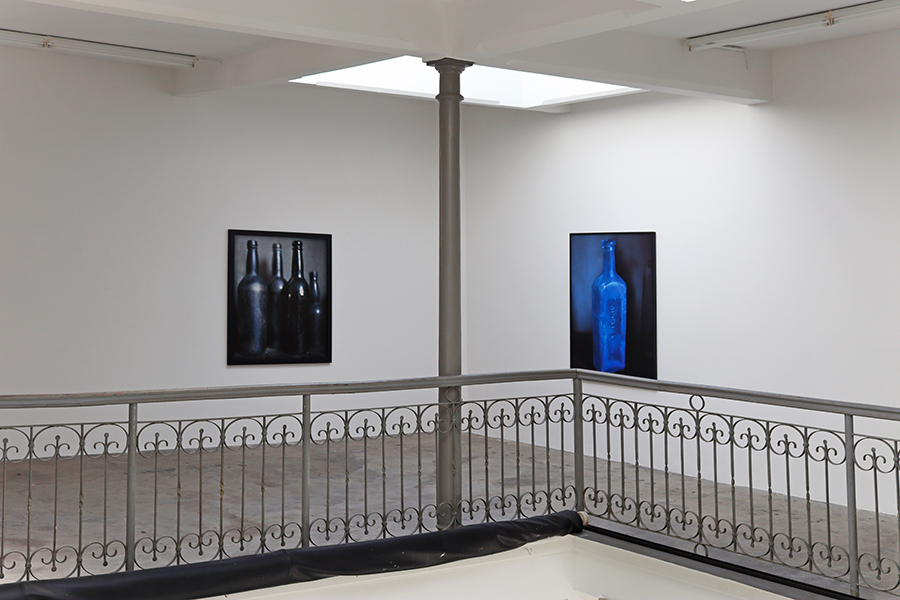
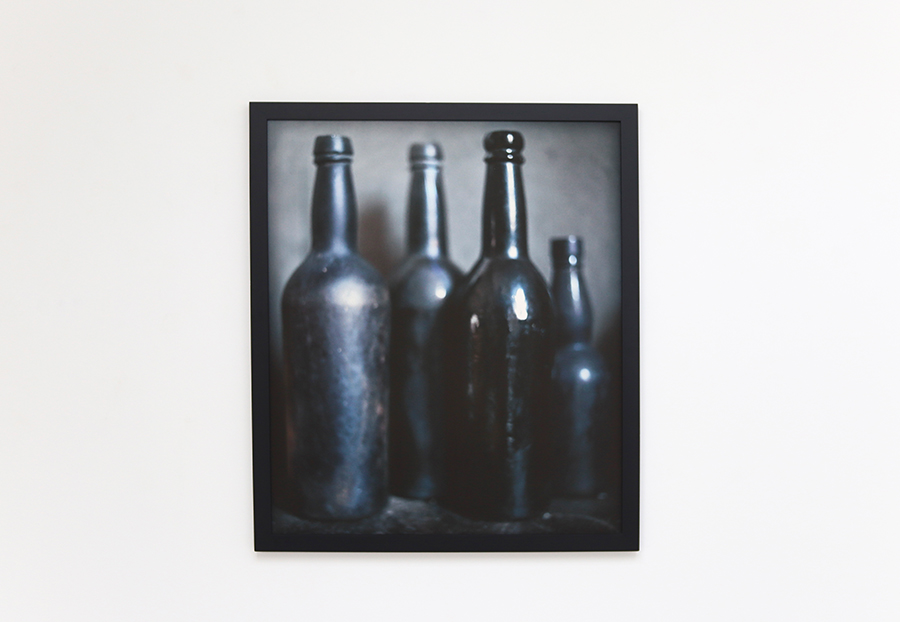
Dry print on Arches aquarelle, 116 x 110 cm. Unique Work
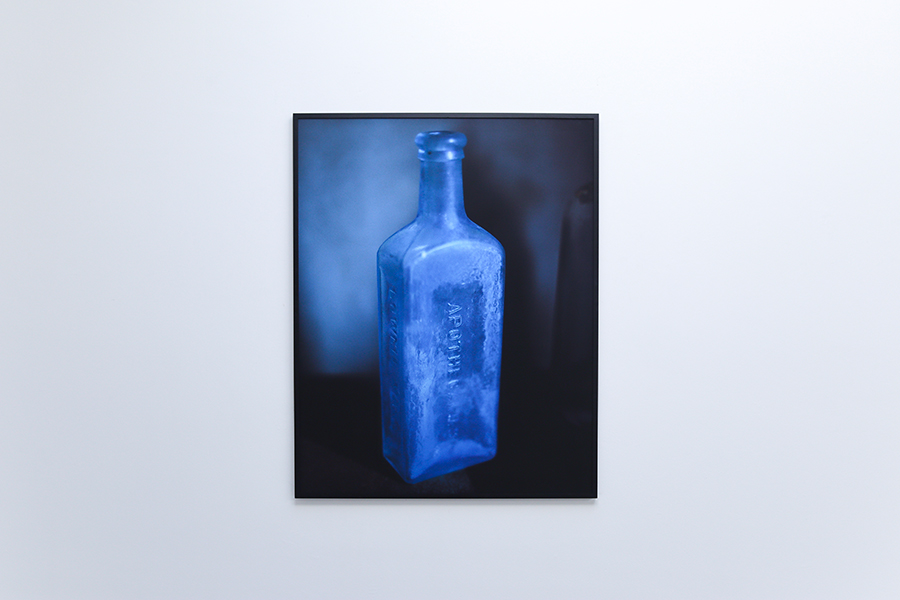
Dry print on Arches aquarelle, 132 X 104 cm. Unique Work
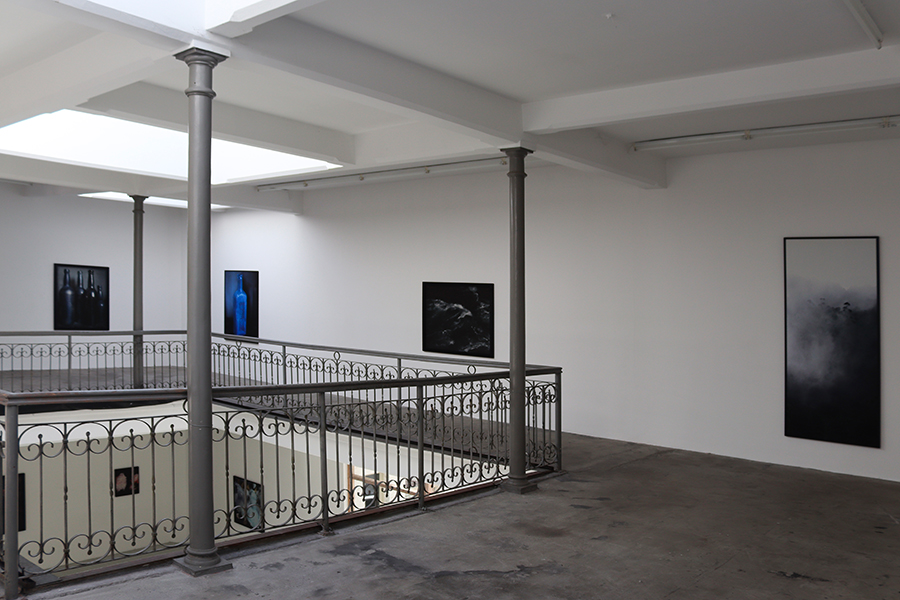
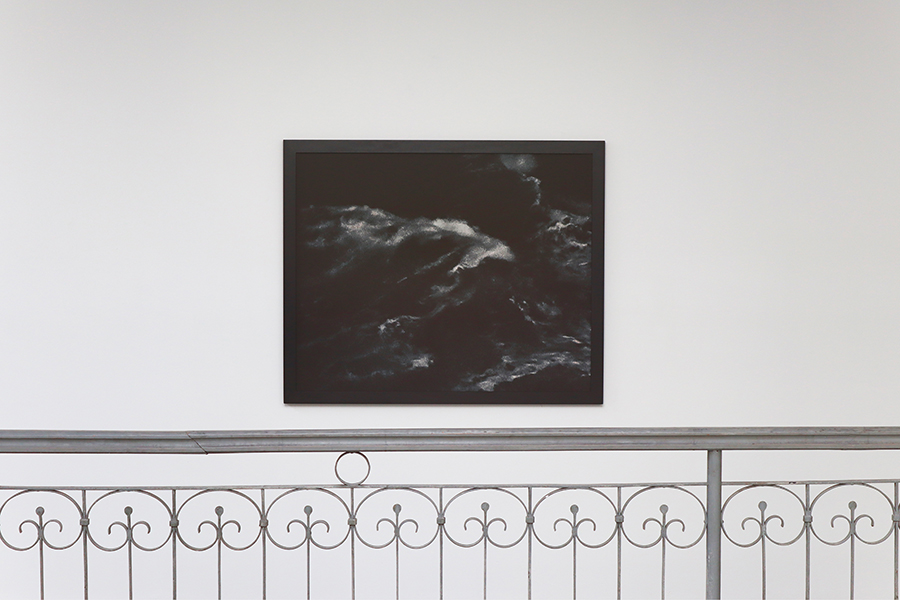
Dry print on Arches aquarelle paper, 95 x 119 cm. Unique Work
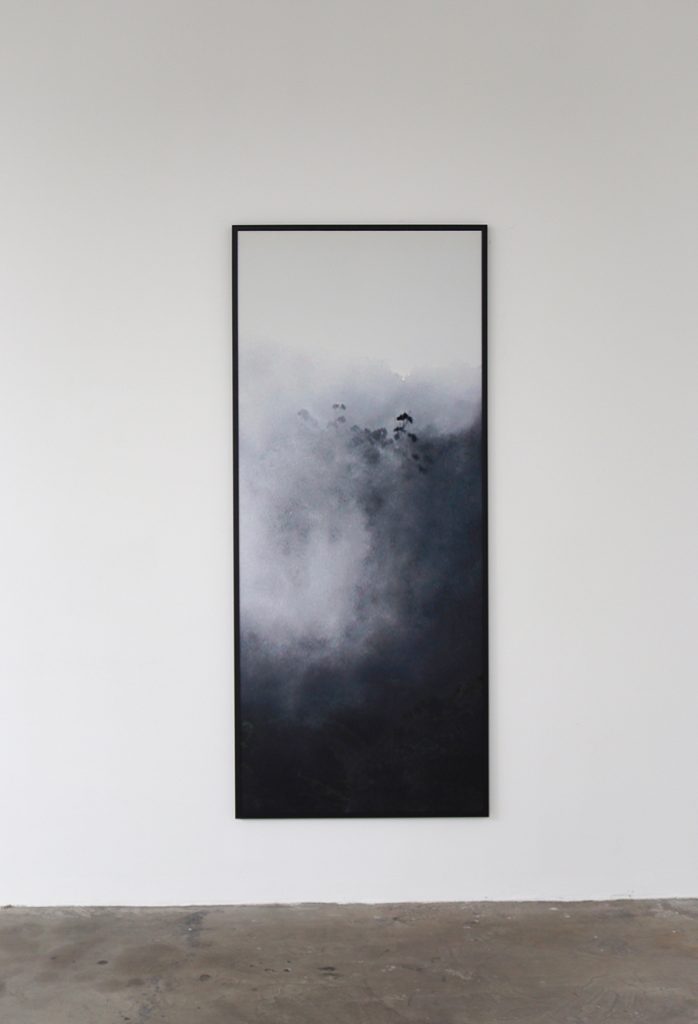
Dry print, 213,5 x 90 cm. Unique work
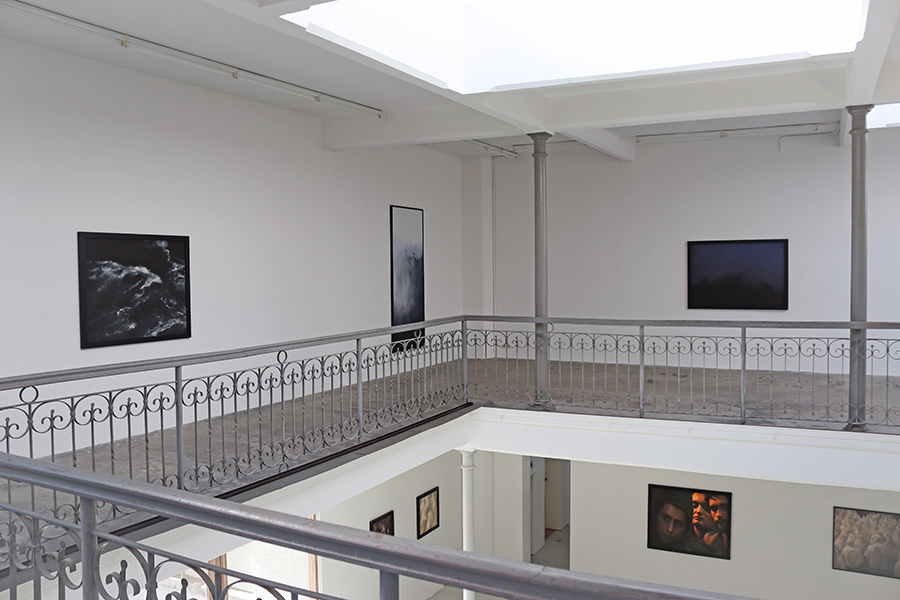
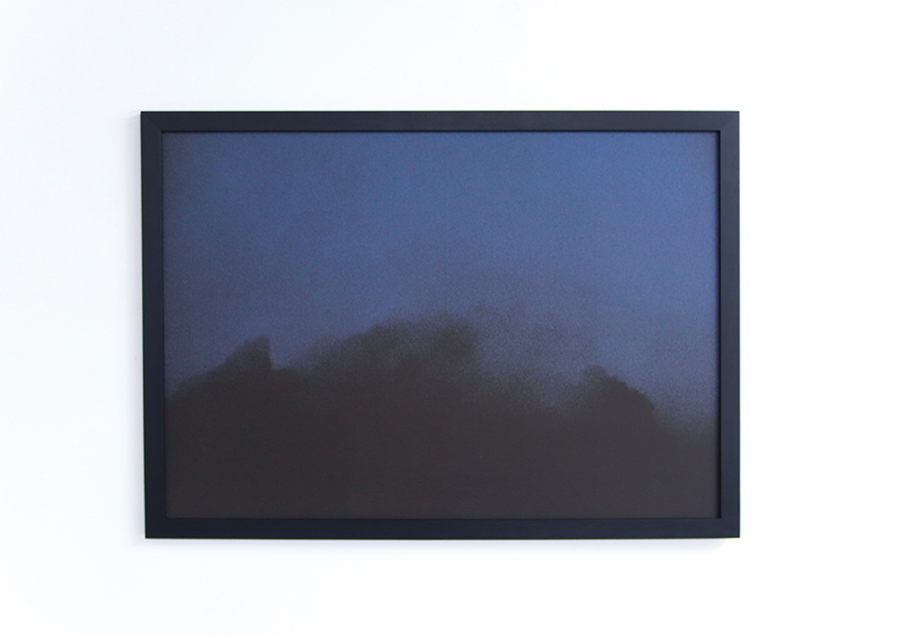
Dry print on Arches aquarelle paper, 95 x 138 cm
Unique work
EL HIERRO Towards evening a fierce wind comes up over the land from the sea, over the stunted low forest and the scrub, so that everything that grows is bent down, contorted, and knotted in hard dry strands. The island of El Hierro is formed by an extinct volcano, the northern half of which has disappeared into the sea leaving only its southern slopes and the remaining crescent of the crater. Made up of basalt rock and volcanic ash, it rises steeply from sea cliffs to the spine of the crater’s edge, opening out to a narrow sloping plateau towards each end of the ridge. The upper slopes are forested and fre9uently shrouded in clouds. But it rarely rains. For centuries before its colonisation the island was believed to be at the edge of the world. The people who were later to cling to its rock, were driven by extreme poverty and were, in the struggle to survive desperate hardship, often at the edge of abandoning this hard place for the fearful promise of other yet more distant and unknown lands. Low walls, often now in disrepair, divide the greater part of El Hierro. These walls of cinder dissect and grow out of the island’s surface. Arranged in patterns, sometimes clear and sometimes in dense convolutions, they are the monument of possession and division; each sector graduated and determined by what grew in it. Over generations a fig tree would take root, grow, bear fruit, and shrivel, leaving a small circle of stones within another, within a s9uare of rocks carefully arranged. So that in places the land is measured and possessed, in esoteric signs and magical enclosures, as though in a kind of delirium. Elsewhere, as the disorder of rocks gives way to serried lines of petrified lava spewed out of the volcano and channeled down its flanks, the walls criss-cross the flows and the whim of chaos is hardly distinguishable from the calculation of division and limit. This labour, the building of the walls, the enormous burden of generations, now appears abandoned as though a mythical people had passed, and yet families lived or died within its consequence, in the distribution of land and the sparse production they had from it, as they survived another year or were overcome. (Craigie Horsfield)